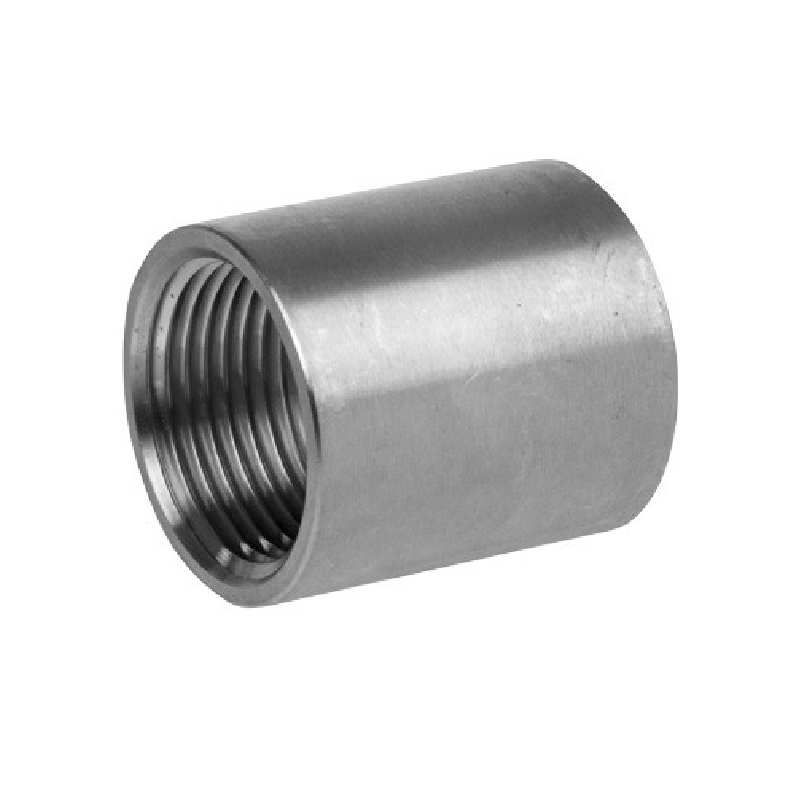-
Cangzhou Yulong Steel Co., Ltd.
-
Phone:
+86 13303177267 -
Email:
admin@ylsteelfittings.com
- English
- Arabic
- Italian
- Spanish
- Portuguese
- German
- kazakh
- Persian
- Greek
- French
- Russian
- Polish
- Thai
- Indonesian
- Vietnamese
- Zulu
- Korean
- Uzbek
- Hindi
- Serbian
- Malay
- Ukrainian
- Gujarati
- Haitian Creole
- hausa
- hawaiian
- Hebrew
- Miao
- Hungarian
- Icelandic
- igbo
- irish
- Japanese
- Javanese
- Kannada
- Khmer
- Rwandese
- Afrikaans
- Albanian
- Amharic
- Armenian
- Azerbaijani
- Basque
- Belarusian
- Bengali
- Bosnian
- Bulgarian
- Catalan
- Cebuano
- China
- China (Taiwan)
- Corsican
- Croatian
- Czech
- Danish
- Esperanto
- Estonian
- Finnish
- Frisian
- Galician
- Georgian
- Kurdish
- Kyrgyz
- Lao
- Latin
- Latvian
- Lithuanian
- Luxembourgish
- Macedonian
- Malgashi
- Malayalam
- Maltese
- Maori
- Marathi
- Mongolian
- Myanmar
- Nepali
- Norwegian
- Norwegian
- Occitan
- Pashto
- Dutch
- Punjabi
- Romanian
- Samoan
- Scottish Gaelic
- Sesotho
- Shona
- Sindhi
- Sinhala
- Slovak
- Slovenian
- Somali
- Sundanese
- Swahili
- Swedish
- Tagalog
- Tajik
- Tamil
- Tatar
- Telugu
- Turkish
- Turkmen
- Urdu
- Uighur
- Welsh
- Bantu
- Yiddish
- Yoruba

Oct . 19, 2024 05:12 Back to list
threaded fittings standard
Understanding Threaded Fittings Standards
Threaded fittings are an essential component in various piping systems, whether in residential plumbing, industrial applications, or aerospace engineering. Their standardized manufacturing and design ensure compatibility and safety across differing materials and uses. In this article, we will delve into the significance of threaded fittings standards, their various types, and the essential considerations for ensuring the quality and integrity of these crucial components.
What are Threaded Fittings?
Threaded fittings are mechanical devices employed to connect pipes, valves, and other equipment within a piping system. These fittings feature external threads on one end and internal threads on the other, allowing them to be screwed into corresponding threaded components. This connection method offers a reliable seal and the ability to disassemble systems for maintenance or repairs without compromising the integrity of the connected parts.
The Importance of Standards
The establishment of standards for threaded fittings is crucial for several reasons. First and foremost, it ensures that components manufactured by different companies can be used together seamlessly. Without standardized dimensions, materials, and thread pitches, the risk of leaks, structural failure, and safety hazards would significantly increase. Furthermore, standardized fittings promote cost-efficiency in manufacturing and procurement, allowing for mass production and easy replacement.
Organizations such as the American National Standards Institute (ANSI), the American Society for Testing and Materials (ASTM), and the International Organization for Standardization (ISO) play pivotal roles in defining these standards. These organizations provide guidelines on dimensions, material properties, testing methods, and performance characteristics.
Types of Threaded Fittings
There are several types of threaded fittings, each serving a specific purpose. Some of the most common types include
1. Elbows These fittings are used to change the direction of the piping, typically at angles of 90 or 45 degrees. The design allows for efficient fluid flow while minimizing turbulence.
2. Tees A tee fitting connects three sections of pipe. It is commonly used to allow for branching off from the main line.
threaded fittings standard

3. Couplings These fittings are used to connect two pipes of the same diameter, allowing for a seamless continuation of a piping system.
4. Adapters Adapters facilitate connections between two different types of fittings, such as transitioning from a threaded to a non-threaded connection.
5. Plugs and Caps These are used to seal ends of piping systems, preventing the loss of fluid and maintaining pressure within the system.
Considerations for Quality
When selecting threaded fittings, several factors should be taken into consideration to ensure quality and durability
- Material Compatibility The material used for the fittings must be compatible with the fluid being transported. For example, corrosive fluids require fittings made from corrosion-resistant materials such as stainless steel or plastic.
- Pressure Ratings It is essential to choose fittings that can withstand the pressure levels of the system. Overstressed fittings can lead to failures and safety risks.
- Thread Standards Different industries may use various thread standards (such as NPT, BSP, and others). It is crucial to ensure that the threads are compatible to avoid leaks.
- Testing and Certification Look for fittings that comply with industry testing requirements and have certifications from recognized standards organizations.
Conclusion
In conclusion, threaded fittings are a cornerstone of modern piping systems and ensuring their quality through adherence to established standards can significantly impact the reliability and safety of any installation. By understanding the different types of fittings, the importance of standardization, and the factors influencing quality, professionals can make informed choices that enhance the integrity of their systems and safeguard against potential issues. In a world where precision and reliability are critical, the ongoing development and compliance with threaded fittings standards remain paramount.
Latest news
-
ANSI 150P SS304 SO FLANGE
NewsFeb.14,2025
-
ASTM A333GR6 STEEL PIPE
NewsJan.20,2025
-
ANSI B16.5 WELDING NECK FLANGE
NewsJan.15,2026
-
ANSI B16.5 SLIP-ON FLANGE
NewsApr.19,2024
-
SABS 1123 FLANGE
NewsJan.15,2025
-
DIN86044 PLATE FLANGE
NewsApr.19,2024
-
DIN2527 BLIND FLANGE
NewsApr.12,2024
-
JIS B2311 Butt-Welding Fittings LR/SR 45°/90° /180°Seamless/Weld
NewsApr.23,2024











